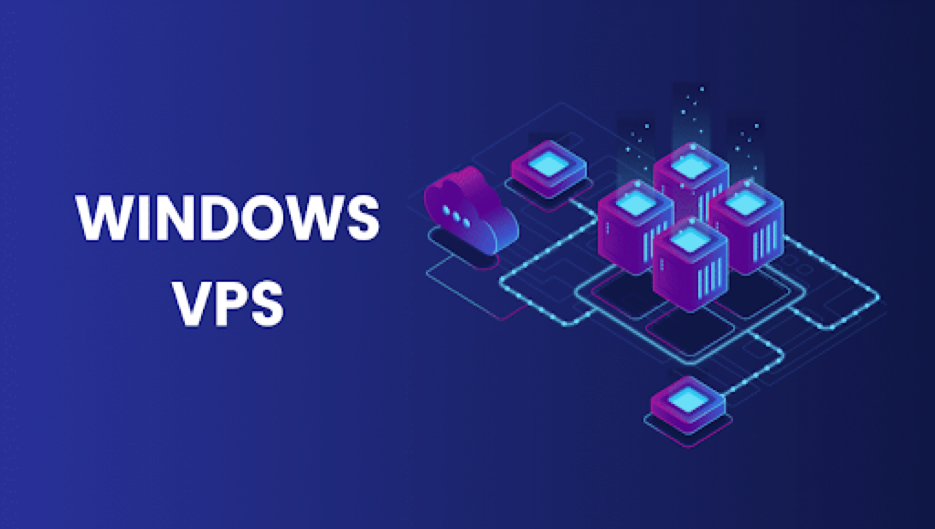Look at the emerging technological advancements in the financial industry and asset management, deducing the advantages and challenges of the advancements.
New technologies have revolutionized the financial industry and asset management. These innovations have altered operations in the financial sector. The revolutionization of the financial industry has birthed new systems that aim at making operations in the sector easier. Read on to learn more!
Technological Advancements in the Financial Industry
The financial industry has evolved significantly due to technological advancements. Online banking is one such breakthrough that has provided customers convenience and accessibility. That not only saves time but also offers a level of flexibility that traditional banking cannot match.
Mobile payment apps have become increasingly popular among consumers as they offer seamless smartphone transactions. These apps provide users with an easy way to pay bills, transfer funds and make purchases on the go. The convenience offered by mobile payment apps has significantly transformed how individuals manage their finances.
The Rise of Robo-Advisors
Robo-advisors are becoming increasingly popular in the financial industry. These automated investment platforms use algorithms to provide personalized investment advice based on an individual’s risk tolerance and goals. Investors can receive professional-level portfolio management without paying high fees or having to make large minimum contributions by utilizing technology-driven strategies like robo-advisors.
Emergence of Algorithm Trading Systems
Algorithmic trading systems are transforming asset management practices. These systems use complex mathematical models to execute trades automatically based on pre-defined parameters such as price movements or volume fluctuations. Using technology-driven strategies like algorithmic trading, investors can quickly and effectively profit from market opportunities.

Equipment Loan Software
Financial institutions use equipment loan software to manage their equipment loan portfolios. The software helps manage equipment loans more efficiently and effectively. Key features of the equipment loan software include automated payment processing, billing, invoicing and collections management. Equipment loan software manages the entire equipment loan lifecycle from origination to servicing to collections.
Middle Office Outsourcing
Middle office outsourcing is a trend among asset and wealth managers. This operation is an opportunity to achieve a streamlined and robust operational infrastructure that supports their business’s current and future needs – often with lower overhead.
Advantages of the New Technologies
New technologies bring numerous benefits to the financial industry. First, they enhance efficiency by automating repetitive tasks and streamlining processes. For example, automated chatbots can handle customer inquiries promptly without human intervention. That frees up valuable resources for more complex activities while ensuring consistent customer service.
Second, customer experience is the perception and satisfaction that customers have when interacting with a financial institution or asset manager. New technology can enhance customer experience by offering personalized, convenient and seamless services that meet the customers’ needs and preferences. Customer experience can give a competitive edge to financial institutions and asset managers, as it can increase customer loyalty, retention and advocacy.
Challenges of the Emergence of the New Technologies
New technology also brings some challenges and risks for the financial industry and asset management. One challenge is regulatory uncertainty, as the existing rules and standards may not cover the new features and implications of new technology.
Another challenge is the ethical dilemma, as the new technology may raise privacy, fairness, accountability and social responsibility issues. The third challenge is the cyberattack risk, as new technology may expose the financial system to new vulnerabilities and threats. The last challenge is the skill gap, as new technology may require new competencies and capabilities from the workforce.
Final Thoughts
The financial industry and asset management have benefited from new technology in various aspects, such as efficiency, security, transparency and customer satisfaction. However, new technology also brings challenges and risks, such as regulatory ambiguity, ethical issues, cyber threats and skill shortages. Hence, financial institutions and asset managers should adopt a proactive and strategic approach to maximize the advantages of new technology while minimizing the possible drawbacks.
Sources:
Powerful technology solutions for relationship-based businesses




